
10 PRIMARY WAYS FOR CARBON FOOTPRINT REDUCTION IN FASHION INDUSTRY

A Carbon Footprint Is The Total Amount Of Greenhouse Gases Emissions Generated By Our Actions. High Emissions Of These Greenhouse Gases Are Leading To Serious Environmental Problems, Mainly Climate Change Which Will Have A Series Of Impacts On Almost Every Living Organism On The Planet. Thus, It Is Crucial That We Understand Our Responsibility And Find Ways To Reduce Our Carbon Footprint.
Anuprerna encourages the adoption of simple habits and the implementation of greenhouse gas reduction protocols outlined in this blog. By raising awareness and promoting actionable steps to reduce carbon footprints, Anuprerna strives to inspire positive change and foster a more sustainable future for all.
CARBON FOOTPRINT IN THE FASHION INDUSTRY:
The fashion industry is the second-largest industrial polluter. fashion industry carbon emissions make a sizeable contribution to climate change. According to the 2020 McKinsey Fashion On Climate report-
“Research shows that the global fashion industry produced around 2.1 billion tonnes of GHG emissions in 2018, equalling 4% of the global total"
On the upper end of the estimates, the UN places fashion’s greenhouse gas emissions at 8-10% of the global total. But whether we’re looking at 4% or 10%, there’s no denying the massive scope of fashion’s carbon impact.
Issue of Carbon Emission
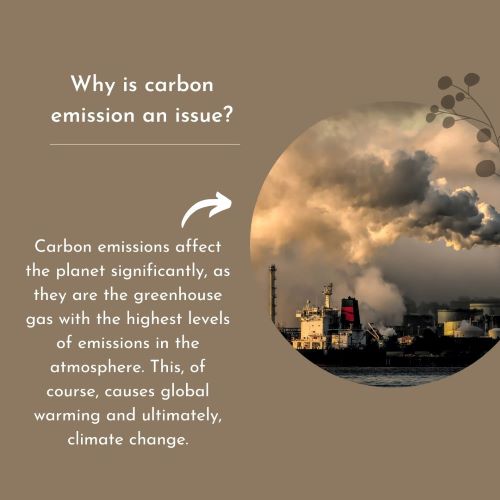
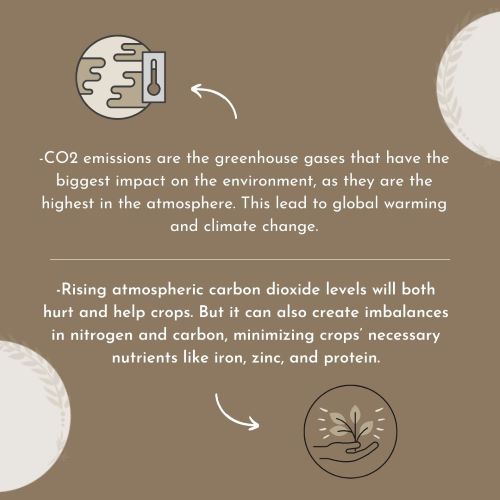
WHAT CAN BE DONE?

1. Wear what you have: Natural fabrics like cotton and linen are very durable and resilient and therefore products made out of these can last long.
2. Embrace the air dry: Hang your clothes out to dry and let the sun and the wind do their natural thing.
3. Choose the cold cycle: This will not only save energy involved in heating but also improve the longevity of your fabrics.
Explore More
4. Judge when it needs washing: Denim and most pants or outerwear don’t require frequent washing. Also, It is more energy efficient to attempt to spot clean an area.
5. Say goodbye responsibly: Once your clothes have reached the end of their life, you can choose to recycle them. If they are in a better state, you can swap, sell or donate them too. A landfill should be your last resort.
6. Buy less, buy better: Buying less, to begin with, is a great way to reduce your carbon footprint. At Anuprerna we have low MOQ so designers or entrepreneurs can order as many units as they required, thus reducing unnecessary consumption of resources.
7. Buy second hand: “if everyone bought one item used instead of new this year, it would save 5.7B lbs of CO2e.”

More Points to Sum Up
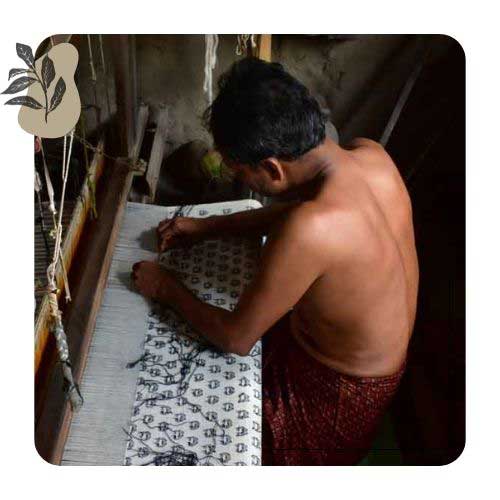
8. Look for certified organic fabrics: Organic Khadi and organic dyes are 100% natural and do not involve the use of synthetic chemicals. Further Organic khadi is made by a manual process and does not consume fossil fuel.
9. Support climate-conscious brands: In a world, with greenwashing, it is crucial to identify sustainable brands. At Anuprerna, hand spinning and weaving do not consume any fuel and we use solar energy for our dyeing processes.
10. Purchase locally made fashion: Buying from local producers is a way to cut down on the distance your clothing has to travel and help avoid unnecessary carbon emissions. International shipping can be done responsibly, and if that means supporting “Good” or “Great” brands from overseas, then chances are the footprint is still less than a fast fashion shop from the local mall.
related questions
How can we reduce carbon emissions in fashion industry?
arrow_drop_downReducing carbon emissions in the fashion industry can be achieved by adopting sustainable practices such as using eco-friendly materials, improving energy efficiency in production processes, reducing transportation emissions, promoting circular fashion, and encouraging conscious consumption habits among consumers.
What is the effect of carbon footprint from the fashion industry?
arrow_drop_downThe fashion industry's carbon footprint contributes significantly to greenhouse gas emissions, exacerbating climate change and environmental degradation. High energy consumption, transportation emissions, and textile waste disposal are among the key factors driving its environmental impact, necessitating urgent adoption of sustainable practices to mitigate these effects.
How can fashion industry reduce environmental impact?
arrow_drop_downThe fashion industry can reduce environmental impact by adopting sustainable practices such as using eco-friendly materials, improving production processes, reducing waste, and promoting circular fashion.
How can the fashion industry be more environmentally sustainable?
arrow_drop_downThe fashion industry can become more environmentally sustainable by prioritizing eco-friendly materials, reducing energy consumption, minimizing waste through circular practices, promoting ethical manufacturing, and encouraging conscious consumption among consumers.
More Blogs
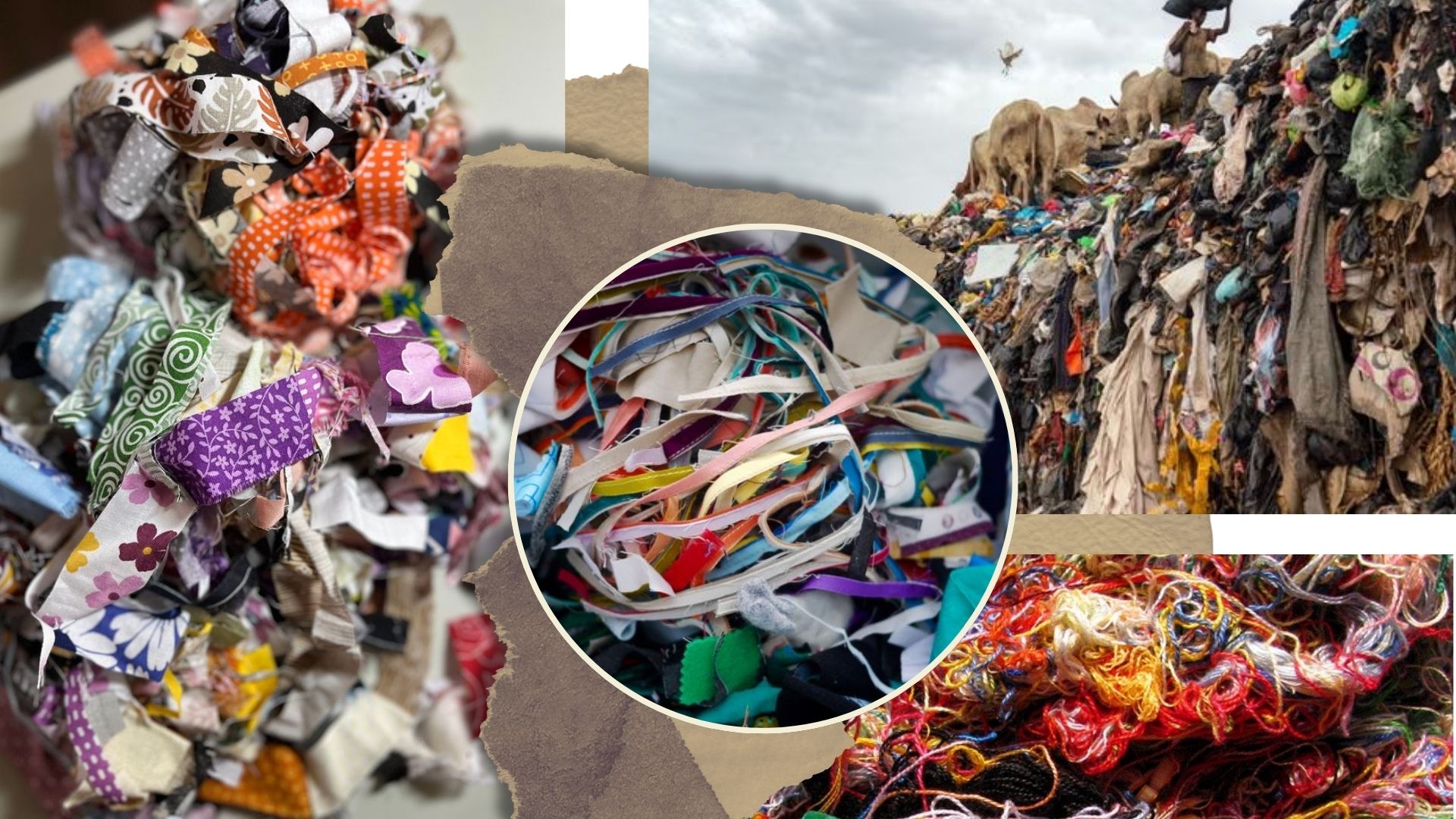
the scrap fabric solution, from clutter to creation

the art of sustainable recyclability

indian handloom in contemporary world
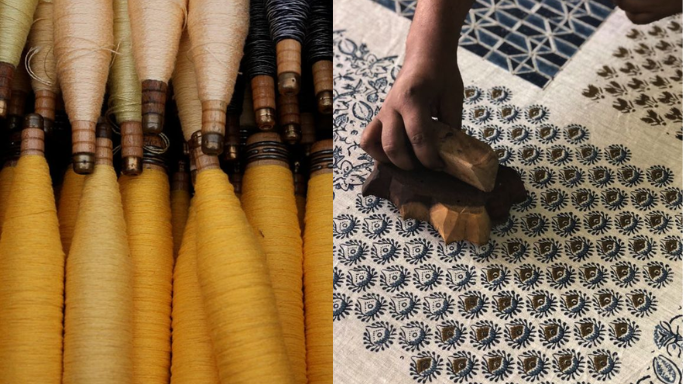
sustainability through handloom manufacturing
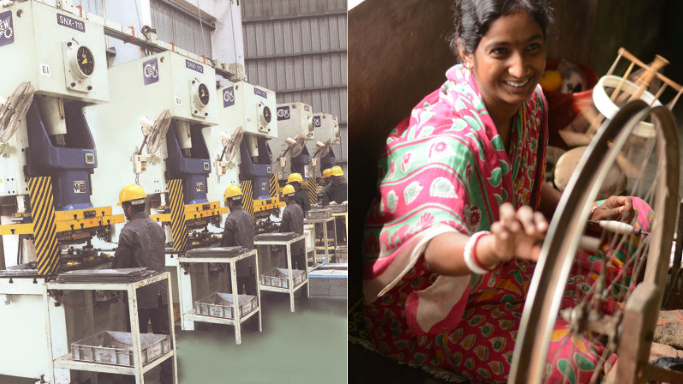
how to identify handloom fabrics in a powerloom world

ketia silk - a peace lover






